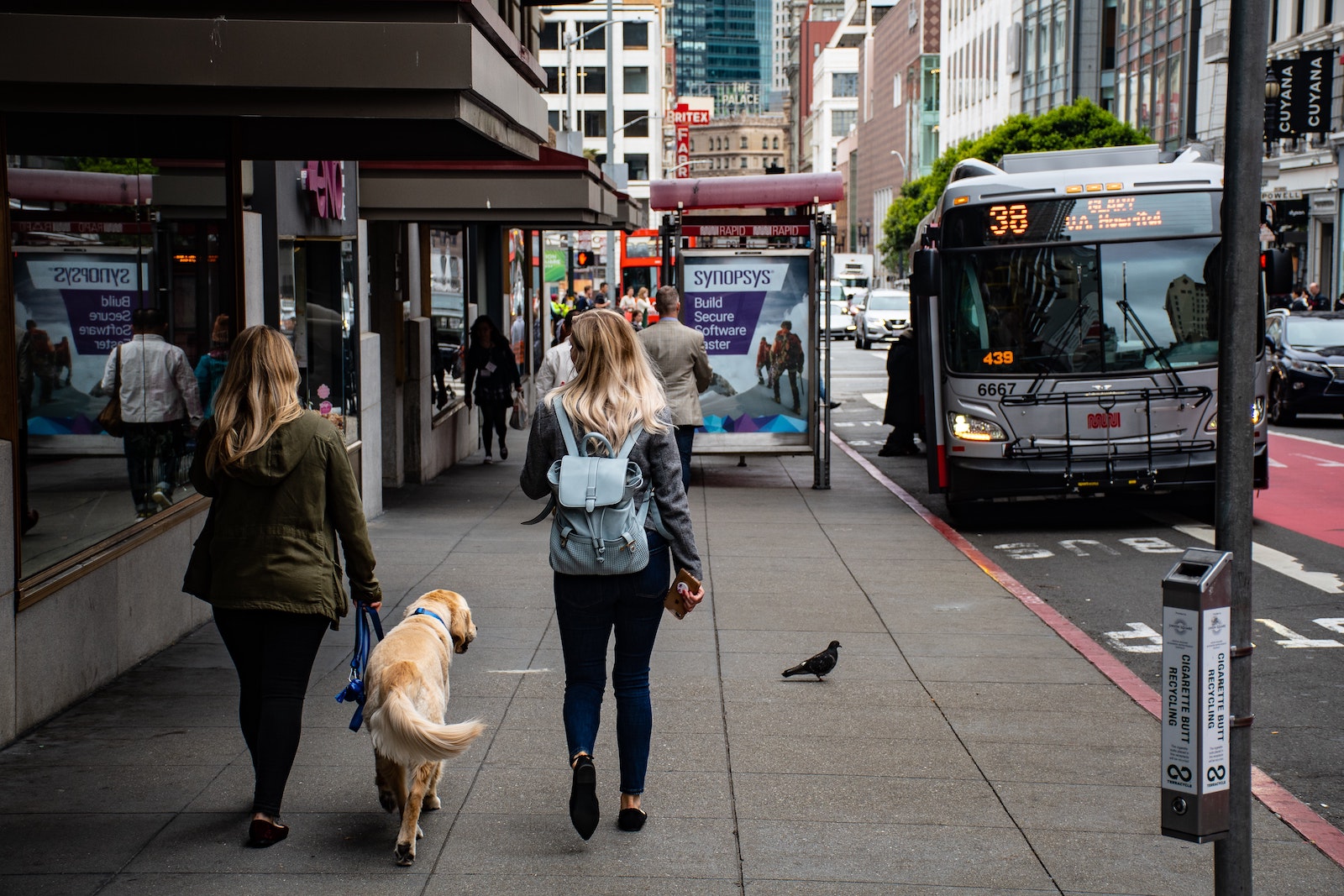If you’re moving from a city without public transportation, Chicago is a welcome change from the norm: our public transportation system is consistently ranked top ten in the nation, and it boasts a service population of over 3.5 million people. Whereas public transportation can be hit-or-miss in other places, it’s a regular part of life for most Chicagoans – especially those who commute, as traveling by train is often faster than driving.
Referred to as ‘the great equalizer,’ public transportation serves to connect Chicago’s neighborhoods, as well as its many suburbs. Most of the system is under the umbrella of Chicago Transit Authority (CTA), which was created in 1947 (though rail car service began as early as 1882!).
Read on for more info about transportation in Chicago, as well as tips for commuting.
What are my options for commuting in Chicago?
Beyond a car, public transit offers many options for getting from A to B – though these options vary depending on where you live.
- Bus: City buses exist on 129 routes across 1,536 miles. Generally, buses run on loops that cover one street from north to south or east to west, though there are also routes that accommodate high-demand destinations, like the Loop or Soldier Field.
- ‘L’ Train: named for its elevated tracks, you’ll find (and hear!) the ‘L’ through many neighborhoods in the city, as well as the Loop. The ‘L’ is a fantastic way to commute because it’s immune to car traffic.
- Metra trains: Metra trains are commuter trains outside of CTA’s purview that connect the suburbs and outer neighborhoods to the city center. These trains feed into the Union Station and Ogilvie Transportation Center (OTC) hubs, and often have express options for weekdays.
- Pace buses: Similarly to Metra trains, Pace buses are independent of CTA and service suburban areas.
4 tips for commuting in Chicago
Since public transit is ubiquitous in the city, it’s easy to learn and use the system (especially for routes that you take often). For first-time riders, we recommend a few tips:
- Download the Ventra app, where you can purchase ride passes and look up transit times.
- Download the City Mapper app, which compares public transit routes with options like Uber to ensure you’re getting to your destination as efficiently as possible. This is especially important during rush hour!
- Check with your employer about transit benefits: most companies offer pre-tax options for purchasing CTA or Metra passes to ensure you’re keeping costs as low as possible.
- Find a great book or podcast! Depending on the length of your commute, not having to drive opens up the possibility of easing into your workday with something you enjoy.
If you’re getting ready to move to Chicago, the LLCR team can help you optimize your commute – and, most importantly – find the condo that fits your transportation needs. Connect with us today to get started!






